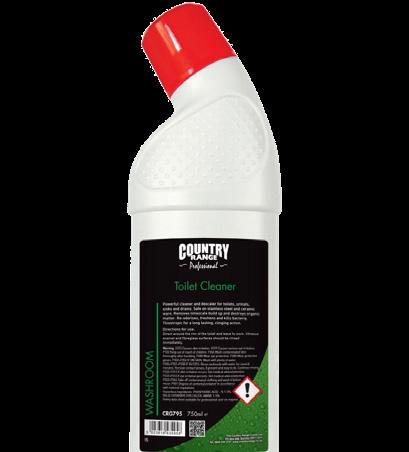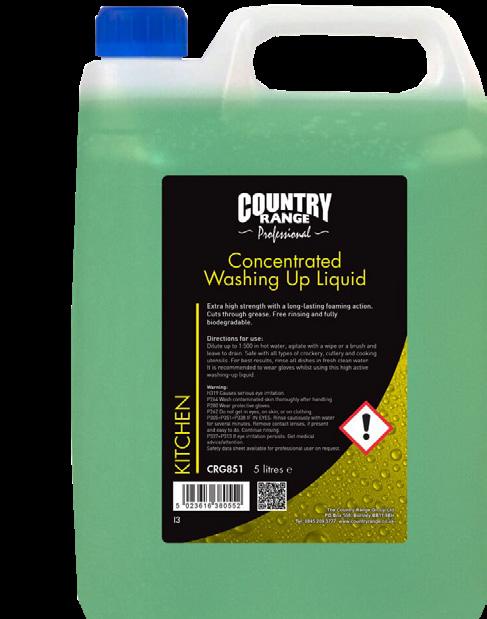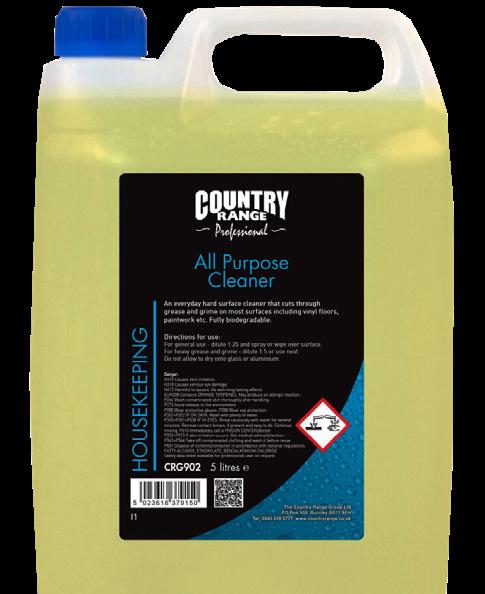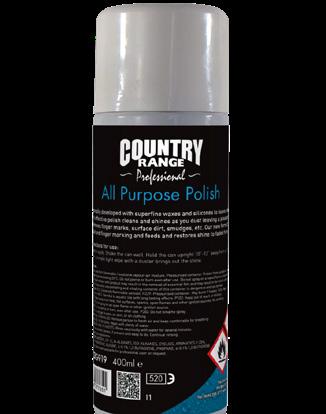
1 minute read
Keep it clean
Since the pandemic, caterers have been reinforcing hygiene practices to minimise contamination within their environments including the introduction of one-way systems in the kitchen, changing shift patterns, changing menus and tablecloths to those with antimicrobial coatings and reducing touch points for deliveries.
Examples of food pathways
Advertisement
Food hygiene standards must be adhered to by caterers across all sectors, however within the care sector, there are many different routes by which people may obtain food and drink.
Although it may be difficult to control every pathway, it is important to open up lines of communication with friends or family bringing in food, not only to make sure anything that could go off is cleared away, but to help staff accurately monitor intake levels.
Wrap it up
Pre-wrapped snacks can help to avoid the contamination of food in shared areas while also helping to promote independent movement and encouraging the increased intake of calories throughout the day.
Biscuits
Cakes
Cereal and protein bars
Pastries
Good Hygiene Practice Involves:
Personal hygiene
Cleaning and disinfection
Washing fruit
Controlled kitchen access
Maintaining good shelf life controls
Vulnerable groups
Cleaning Products
From washing up liquid and cloths to antibac sprays and bin bags, we stock a huge choice of cleaning essentials for caterers.


Shop our full cleaning range on OrderMate www.birchallordermate.co.uk

Temperature monitoring across refrigeration units and food transfer areas








